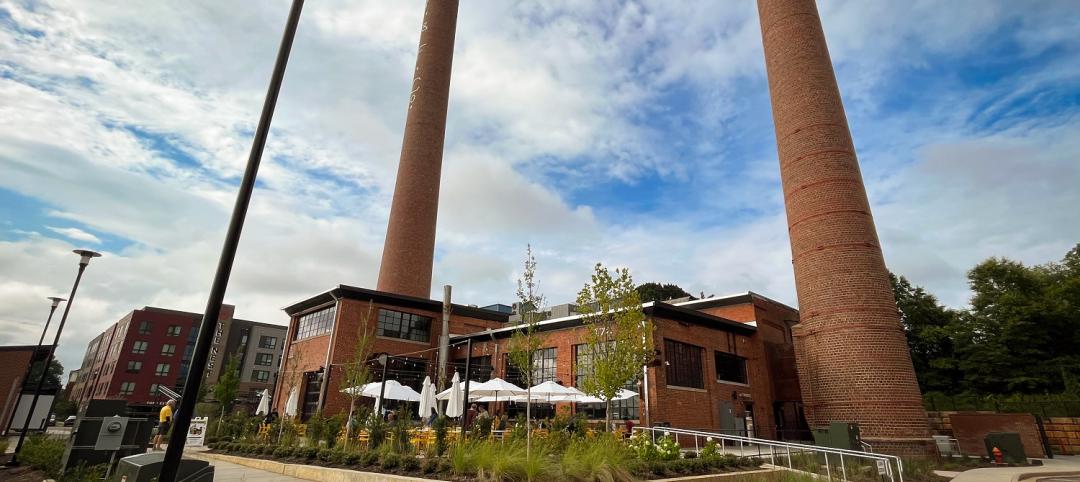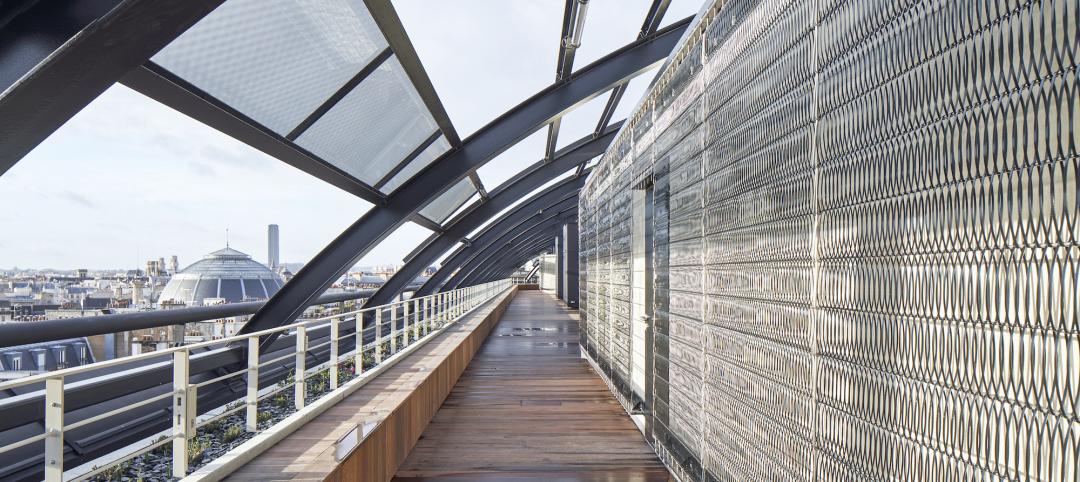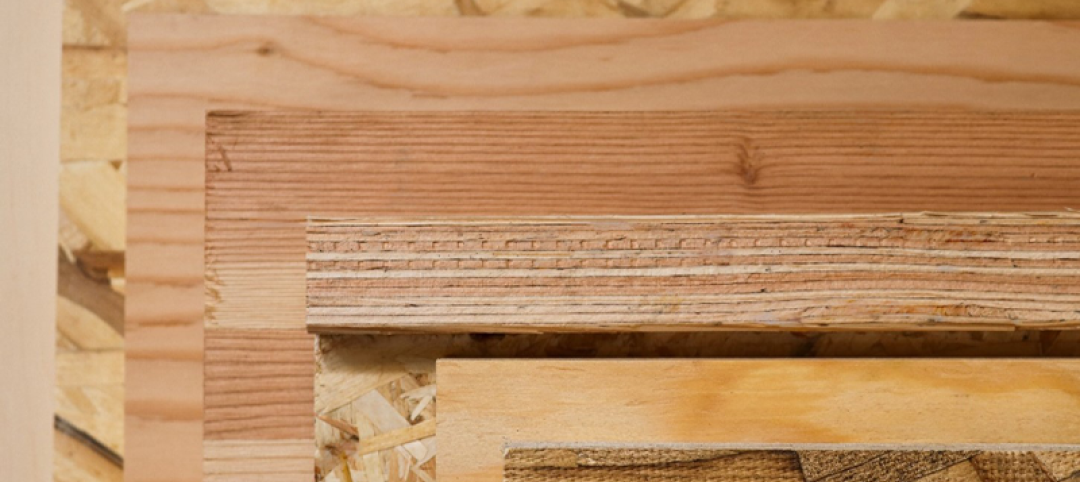There’s been an explosion of amenities in the U.S. and Canadian multifamily construction sector. Package delivery centers have tripled in size. Simple bicycle “racks” have become bicycle “kitchens,” where residents can not only safely store, but also maintain and repair their $10,500 Bianchi Oltre XR4s.
Some properties now have dedicated rideshare areas for tenants to wait for their Uber or Lyft rides.
Multifamily residents are demanding high-end security systems, the latest smart home technology, “green” energy and water efficiency, and lightning fast WiFi. On the horizon: co-working and “maker” spaces.
Developers and designers are bending over backwards to provide more—and more elaborate—services and facilities for pets. Dogs, mostly. As for amenities for children, not so much. You’re more likely to find a doggie wash station than a children’s playroom in most multifamily complexes.
Anything that spells “wellness” is in high demand, thanks to the spike in asthma and allergies. Renters and condo buyers want to know about any “Red List” chemicals in the materials, building products, and finishes you’re using. Developers and their design teams are using fitness and nature amenities to
get tenants and condo owners out of their living units and into the outdoors.
All these must-have extras add to the burden designers and contractors must contend with to meet the needs—and budgets—of multifamily developers and their customers—renters and condominium purchasers. Multifamily residential real estate is no longer just about location, location, location. There’s a new mantra: amenities, amenities, and more amenities.
These amenities trends and more are highlighted in Multifamily Design+Construction’s Multifamily Amenities 2017 survey. Download the free 16-page survey summary at: http://bit.ly/2eZMluw
Related Stories
Affordable Housing | Sep 25, 2023
3 affordable housing projects that serve as social catalysts
Trish Donnally, Associate Principal, Perkins Eastman, shares insights from three transformative affordable housing projects.
Sponsored | Multifamily Housing | Sep 25, 2023
Six3Tile helps The Sherbert Group bring an abandoned Power House back to life
Cladding and Facade Systems | Sep 22, 2023
5 building façade products for your next multifamily project
A building's façade acts as a first impression of the contents within. For the multifamily sector, they have the potential to draw in tenants on aesthetics alone.
Sponsored | Multifamily Housing | Sep 21, 2023
5 Helpful Resources for Designing & Building with Engineered Wood
From in-depth, technical publications with detailed illustrations and examples to in-person consultations with engineered wood specialists, APA offers a host of helpful resources for commercial designers and installers working with engineered wood.
MFPRO+ Blog | Sep 21, 2023
The benefits of strategic multifamily housing repositioning
With the rapid increase in new multifamily housing developments, owners of existing assets face increasing competition. As their assets age and the number of new developments increases seemingly day-by-day, developers will inevitably have to find a way to stay relevant.
Mixed-Use | Sep 20, 2023
Tampa Bay Rays, Hines finalize deal for a stadium-anchored multiuse district in St. Petersburg, Fla.
The Tampa Bay Rays Major League Baseball team announced that it has reached an agreement with St. Petersburg and Pinellas County on a $6.5 billion, 86-acre mixed-use development that will include a new 30,000-seat ballpark and an array of office, housing, hotel, retail, and restaurant space totaling 8 million sf.
Engineers | Sep 15, 2023
NIST investigation of Champlain Towers South collapse indicates no sinkhole
Investigators from the National Institute of Standards and Technology (NIST) say they have found no evidence of underground voids on the site of the Champlain Towers South collapse, according to a new NIST report. The team of investigators have studied the site’s subsurface conditions to determine if sinkholes or excessive settling of the pile foundations might have caused the collapse.
MFPRO+ Research | Sep 11, 2023
Conversions of multifamily dwellings to ‘mansions’ leading to dwindling affordable stock
Small multifamily homes have historically provided inexpensive housing for renters and buyers, but developers have converted many of them in recent decades into larger, single-family units. This has worsened the affordable housing crisis, say researchers.
Adaptive Reuse | Aug 31, 2023
New York City creates team to accelerate office-to-residential conversions
New York City has a new Office Conversion Accelerator Team that provides a single point of contact within city government to help speed adaptive reuse projects. Projects that create 50 or more housing units from office buildings are eligible for this new program.

















